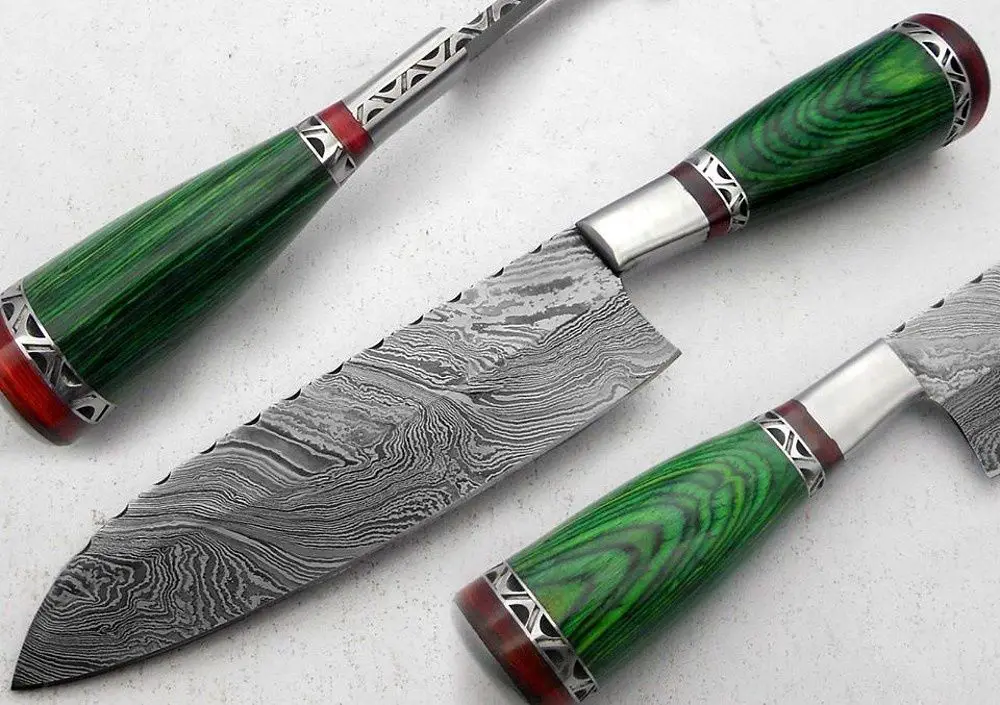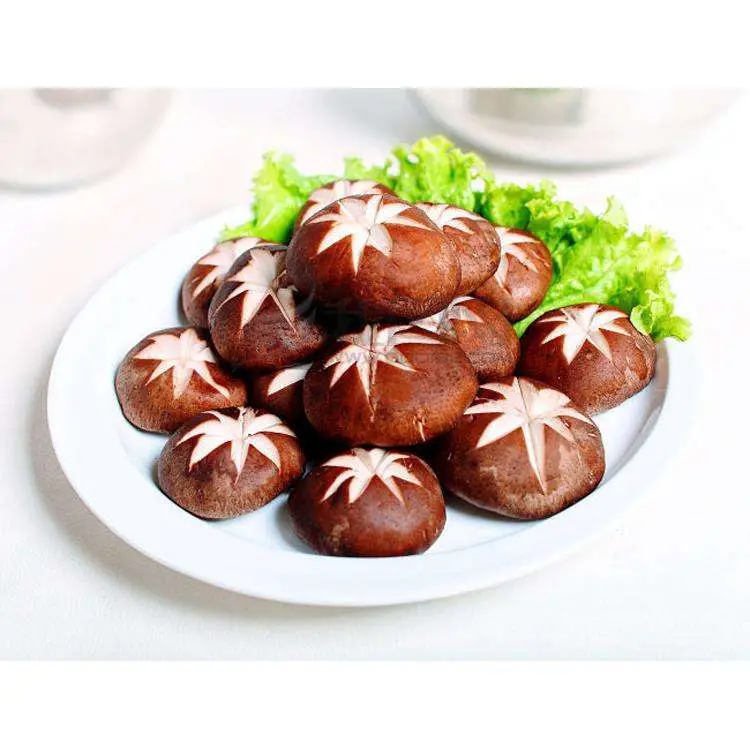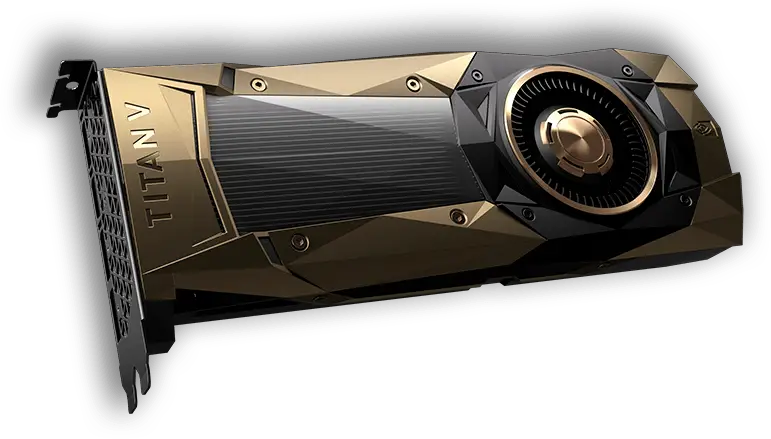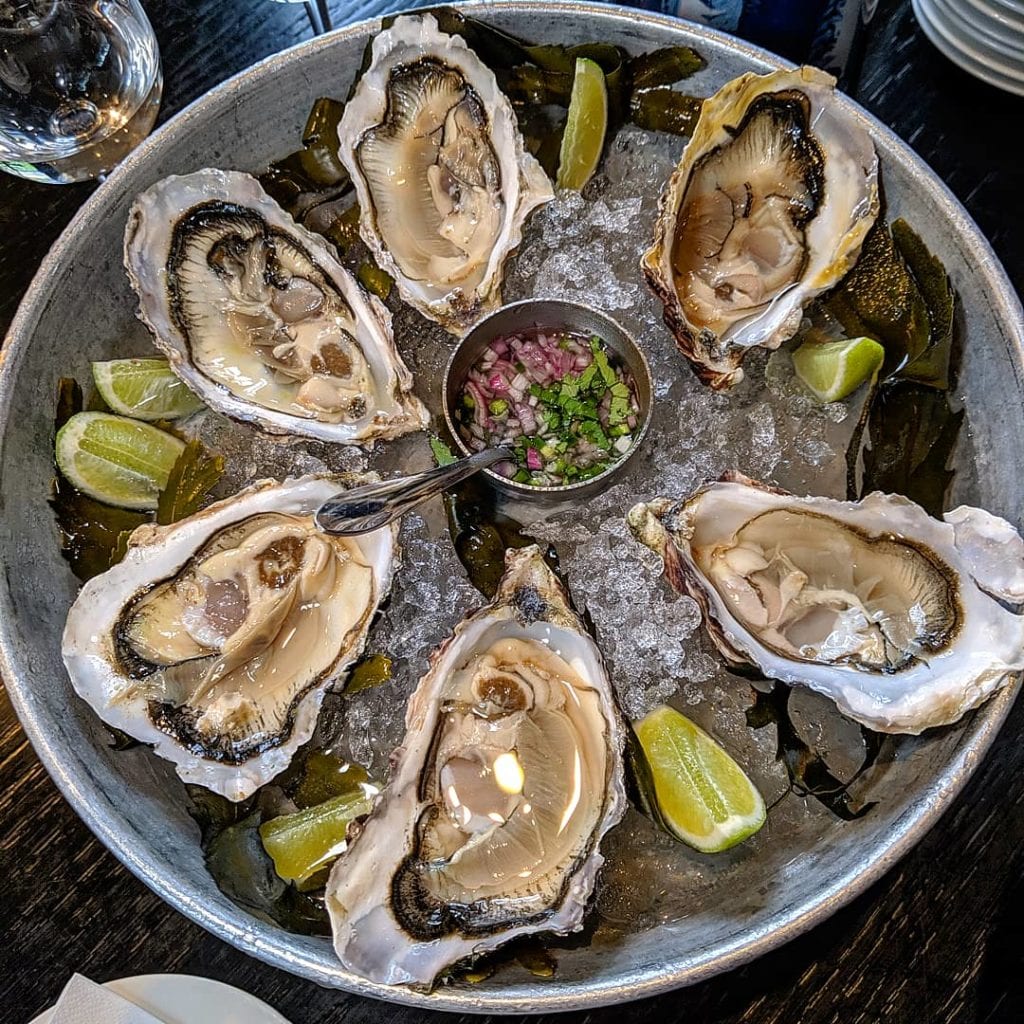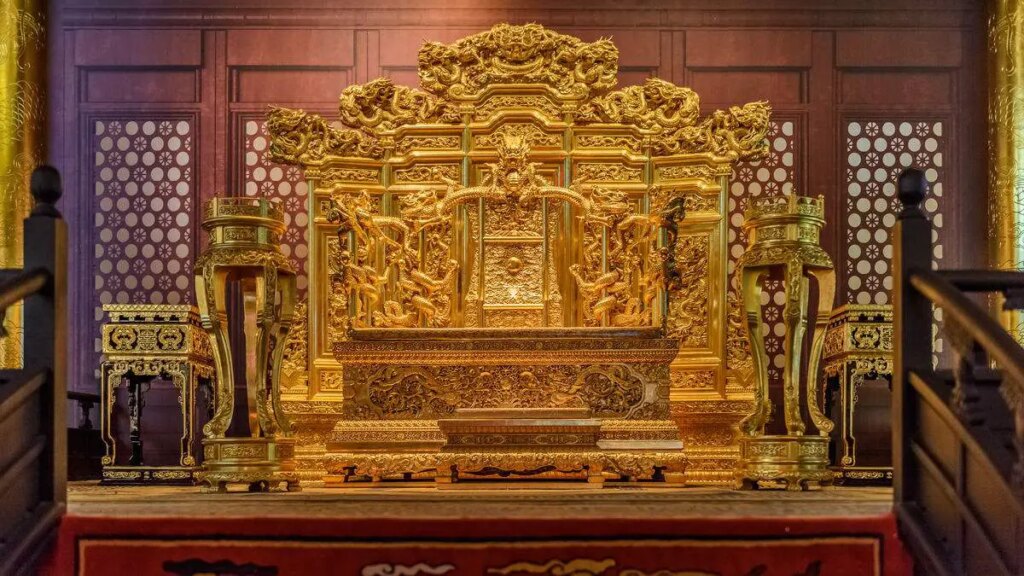Why is Damascus steel so expensive?
Damascus steel is a type of steel that is known for its unique pattern and strength. It is made by layering and welding together different types of steel, which are then twisted and folded to create a distinctive pattern. The process of making Damascus steel is time-consuming and labor-intensive, which is one of the reasons why it is so expensive.
Another reason for the high cost of Damascus steel is the limited supply of materials. The original method of making Damascus steel required specific types of steel that were only found in certain regions, making them difficult to obtain. Today, many of the materials used to make Damascus steel are still rare and expensive, which contributes to the high cost of the finished product.
The process of creating Damascus steel is also labor-intensive and requires a high level of skill. The steel must be carefully heated and cooled to achieve the desired pattern and strength. This process is often done by hand, which adds to the cost of the steel. Additionally, many Damascus steel artisans use traditional techniques that have been passed down for generations, and knowledge of these methods is becoming increasingly scarce.
Moreover, the demand for Damascus steel is high among knife and sword enthusiasts, as well as collectors. The unique pattern and strength of the steel make it highly sought after for knives and swords, which are often used for hunting, camping, and other outdoor activities. The durability and sharpness of Damascus blades make them more valuable than other knives and swords. However, the blade may not have the same edge retention and toughness as modern steels.
In addition to knives and swords, Damascus steel is also used to make other tools, such as chisels and hammers, as well as decorative items like jewelry and art pieces. All these applications make it a highly sought-after and precious material.
Finally, it’s worth mentioning that not all Damascus steel is created equal. The quality of the steel can vary greatly depending on the skill of the artisan and the materials used. High-quality Damascus steel will have a more intricate and detailed pattern, as well as a stronger and more durable blade.
In conclusion, Damascus steel is a unique and highly sought-after material that is made by layering and welding different types of steel. The process of making it is time-consuming and labor-intensive, and the materials used are often rare and expensive. The demand for Damascus steel is high among knife and sword enthusiasts, as well as collectors and artisans who are interested in its unique pattern and strength.
Frequently Asked Questions:
What is hand-rubbed Damascus?
Hand rubbed Damascus is a very popular style of steel that the forge was created with. It gives it the particular visually appealing pattern that makes this type of steel so unique.u003cbru003eu003cbru003eThe term u0022Damascus steelu0022 refers to a kind of iron or steel made in a process developed in Damascus, Syria, during the Middle Ages and introduced into Europe through Turkey. The term is also sometimes used as an adjective to describe objects made from Damascus steel. The true Damascus sword is one made from u003cbru003eu003cbru003eDamascene steel – is not a modern technique to re-create the Damascus effect.u003cbru003eu003cbru003eThe original production process was lost for centuries but, forgers have been able to recreate the process using modern techniques and equipment. Only two groups, Mastersmiths Craig Russel and Peter Johnsson, have been able to independently rediscover how to produce true Damascus steel.u003cbru003eu003cbru003eThere are three main types of Damascus steels: pattern-welded steel rubbed Damascus and stacked Damascus.u003cbru003eu003cbru003ePattern welded steel is the earliest form and is created by forging multiple layers of differing (typically iron, but also doped with other elements) steels as a u0022slabu0022 and then cutting the slab into bars. The bars are then forged and welded together, creating a pattern in the steel and this process can be repeated many times.u003cbru003eu003cbru003eRubbed Damascus is created by folding, twisting, or combining steel strips to create a pattern on one side. u003cbru003eu003cbru003eThe patterned metal is then forged and welded to a solid core.u003cbru003eu003cbru003eStacked Damascus is created by forging welding several layers of metal together: the more layers, the more flexible and stronger the finished product. The stacked metal is folded back on itself, creating a layering effect that creates a pattern similar to that of pattern-welded steel.u003cbru003eu003cbru003eNote that there are many other ways to create reproductions of Damascus steels and some modern patterns have nearly nothing in common with the original Damascus products.
How to tell if Damascus is real?
Because patterned Damascus can be forged from mild steel, many of the fake blades that exist today were formed from cheap pieces of flat-rolled steel with a fake pattern-welded onto them. These pieces of flat-rolled steel are easy to spot. Any steel can be forged into a stick, but real Damascus will have a patterned texture as well. To see if your piece is the real deal, you can look at it under a microscope.u003cbru003eu003cbru003eWhat you want to look for are bands that are lighter or darker than others in the pattern; the bands will alternate between being wider and narrower than their neighbors. The welds sometimes show smudge marks, but sometimes you can see two or three bands in a row following the pattern of the blade.u003cbru003eu003cbru003eOne way to tell that your blade is straight from the forge is to look at it on a flat surface so that its shape is more or less uniform. The high carbon steel will tend to lay in one area of the billet, while the low carbon steel will tend to lay in another area. A real piece will have a pretty even distribution and u0022liveu0022 surfaces. Any blade will have variations in the way the pattern is laid out, but that just indicates individual style. There shouldn’t be any major pattern discontinuities between two areas of high carbon steel or two areas of low carbon steel.u003cbru003eu003cbru003eKeep an eye out for u0022floatersu0022 in the patterned area of your knife. These are little bits of low carbon steel in a sea of high carbon steel. They are usually black or very dark compared to their neighbors, and they are floating freely like icebergs in a sea of steel. This is always a sign of some type of low-temperature work. If your blade has floaters in it, keep looking!u003cbru003eu003cbru003eAnother thing to look for is evidence of grind marks on the surface. Some forgers will intentionally grind off one side of the patterned area to create an interesting color differential. Others will grind through the pattern to create a whittled or u0022lumpyu0022 look. Either way, if you see elongated scratches or abrasions in the pattern, keep looking!
Does Damascus steel rust?
Rust is a general term used to describe corrosion on any metal. When rust occurs with Damascus steel, the corrosion may manifest itself as either a blue or orange-like coloration. Damaged spots can be removed by polishing the steel to remove excess material, which will then reveal an attractive finish. Damaged spots should be resanded, and damaged spots on the surface should be fixed by welding before painting with varnish or lacquer.
Is Damascus steel durable?
Yes. Damascus steel’s legendary strength comes from the intricate nature of the forging process, which requires an incredible amount of skill. The process starts with a sheet of iron or steel that is layered with alternating bands of hard and soft metals. When this is heated in a forge, these bands are melded together to create an incredibly strong material that can withstand high levels of stress without breaking.u003cbru003eu003cbru003eThis ancient metalwork technique was once popular and renowned among smiths, but because it is a very difficult process to master, its popularity eventually waned. Over time, the secret of Damascus steel’s production was lost.
how to make Damascus steel patterns?
Damascus steel is an ancient technique of superheating and hammering metal. If a blade is made with this technique, then the pattern that emerges on the surface of the steel can be quite beautiful.u003cbru003eu003cbru003eIn this article, we will discuss how to create your own Damascus patterns using a water drill type tool. It’s very easy, and if you have some basic carpentry skills or access to a machine shop, you could build your water drill device for about $200 worth of materials.u003cbru003eu003cbru003eThe tool I’m currently using to create Damascus patterns is made from recycled materials. It’s a bit crude, but it does work. I’m using a common PVC pipe for the body of the water drill and cutting blades, with a tabletop belt sander for a base and a drill press chuck to hold the cutting blades. The cutting blades are made from 1/4 inch thick knife-making steel. The body of the water drill has a 2-inch diameter, and a 3 1/2 or 4-inch length. I cut the PVC pipe into disks about 2 inches in diameter for the body of the water drill, and then glue two of them together with epoxy.u003cbru003eu003cbru003eThere are many different methods used to put an edge on objects with a hammer, some more effective than others. Here is a listing of some of the more common methods:u003cbru003eu003cbru003eCOMPRESSION or BLOCKING. Hammering one or two heavy objects (usually a steel anvil) on an anvil block or a piece of wood, to form an edge. This is the simplest method;u003cbru003eu003cbru003eDIRECT Impulse Hammering – using either a stacked set of 2×4 blocks or anvils to hammer the object, with a block of wood between them to absorb the force. This method will only work on very small-sized blades, up to about 1 inch in diameter. For larger blades, you need a different method;u003cbru003eu003cbru003eRADIAL Impact Hammering – using a hammer with a weight on its end that is either free-swinging or pivoted on the end of the handle. This type of hammer has an arched or radial face that creates a shock wave when it impacts the object you’re working on. This method works well on larger blades, up to about 2 1/2 inches in diameter;u003cbru003eu003cbru003eREVERSE impact Hammering – using a pneumatic or electric-powered hammer with a chiseled face such as a floating punch that makes contact with the object you’re working on. This method will work on pieces up to 3 inches in diameter, but these hammers are expensive and the process is slow.u003cbru003eu003cbru003eThe water drill method is best for making larger-diameter Damascus patterns, on the order of 3 inches in diameter or thereabouts. The process is quick and efficient, and the tool can be made for about $200 worth of materials (I used recycled materials, but would have to buy new if I wanted to build another water drill).
How to make Damascus steel?
Making Damascus steel is a long process. First, you must forge the sword in a crucible. Then you must put it in an oven for about 15-17 hours at 1400°C or 2700°F. And finally, deploy it with water or wine and let it cool for about 3-4 hours.u003cbru003eu003cbru003eThe composition of the steel is: Carbon – .12%, Manganese – 1%, Silicon – 2% Chromium-.05% Vanadium-.05%, Cobalt – .5%, and Iron – .5%.u003cbru003eu003cbru003eAnd the process is in this order of consumption:u003cbru003e1. Heat the ovenu003cbru003e2. Add water or wine to the swordu003cbru003e3. Cool down the sword in a water bath or wine bathu003cbru003e4. Let it coolu003cbru003eu003cbru003eThis is how you make Damascus steel. Take your time and do not rush things, because this will take at least a couple of months.
Are Damascus knives good?
Damascus steel is a type of steel that is created when layered steels are hammered together and folded alternately. It was first used in ancient times for swords. With the right tempering process, Damascus steel can be sharp enough to cut other hard materials like iron, stone, and even bone.u003cbru003eu003cbru003eDamascus steel has become a very popular knife material due to its ability to produce beautiful patterns in the blade. It is often said that one of the most appealing features of a knife made from this type of steel is the appearance of these patterns after it has been folded and hammered.u003cbru003eu003cbru003eAre Damascus knives good? The answer to this question depends on what you intend to use the knife for. If you want a weapon to pierce and cut through tough materials, then it may be best to choose a good quality, high-carbon-content stainless steel made by Japanese smiths of the traditional Japanese steelmaking tradition.

